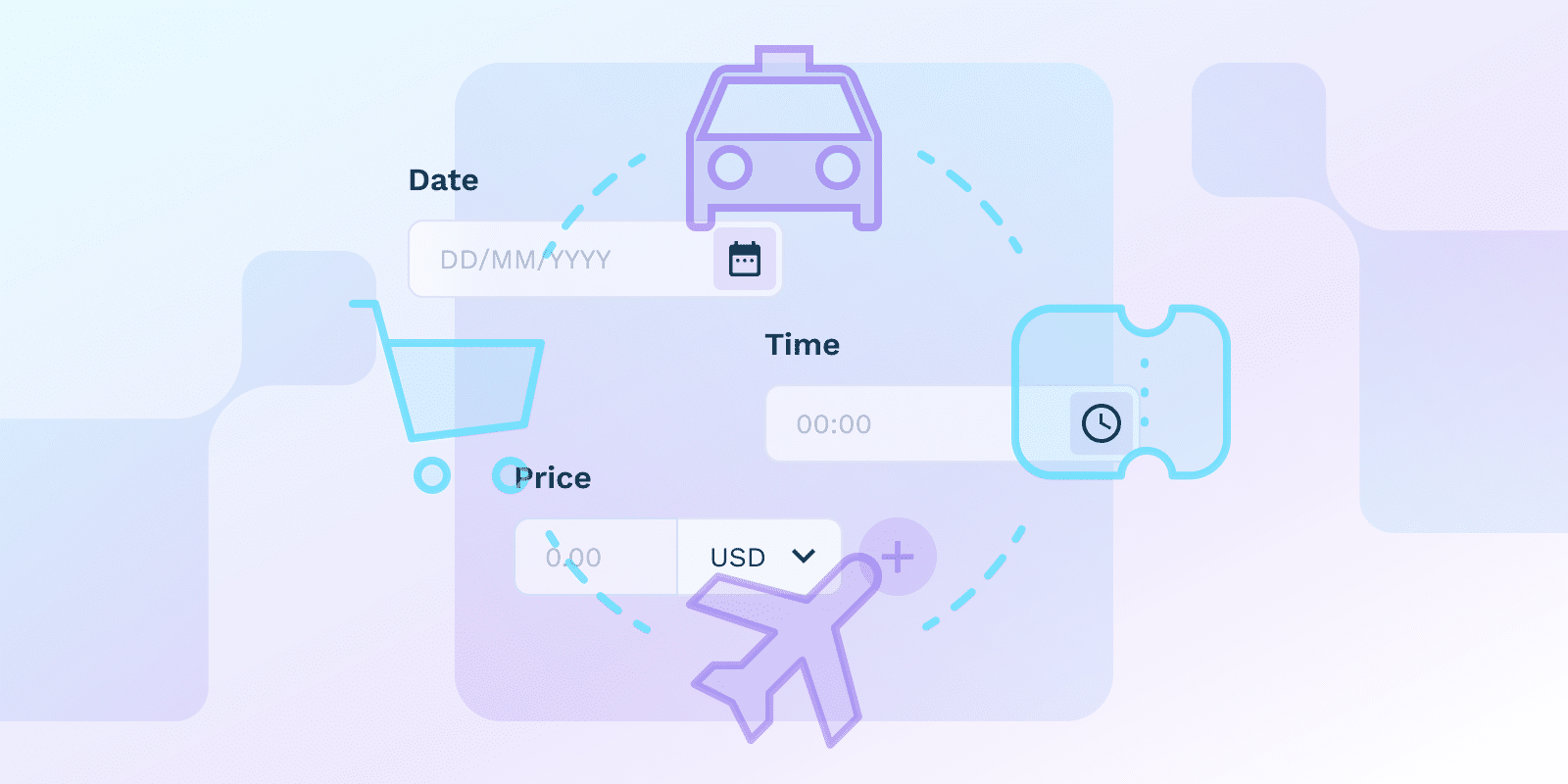Pricing Strategies
What is SaaS Dynamic Pricing?

What is SaaS dynamic pricing?
Dynamic pricing is a pricing strategy where a business continuously adjusts its product or service prices based on real-time market conditions.
Dynamic pricing allows companies to optimize revenue by aligning prices with factors such as current demand, competitor pricing, and other relevant market dynamics.
Other names to describe dynamic pricing include flexible pricing, highlighting the ability to quickly adapt, or real-time pricing, emphasizing its high responsiveness to volatile market conditions.
How is SaaS dynamic pricing different from traditional pricing models?
Traditional pricing strategies involve fixed prices that remain relatively stable. Dynamic pricing, on the other hand, leverages algorithms and data analysis (algorithmic pricing) to execute frequent price adjustments, ensuring greater responsiveness to a changing marketplace.
| Feature | Dynamic Pricing | Traditional Pricing |
|---|---|---|
| Price Characteristics | ||
| Price Flexibility | Continuously adjustable based on real-time conditions | Fixed prices with infrequent changes |
| Update Frequency | Regular automated adjustments | Manual periodic reviews |
| Implementation Approach | ||
| Technology Requirements | Algorithmic pricing tools and data analysis software | Basic pricing and billing systems |
| Data Utilization | Real-time market data and customer behavior analysis | Historical sales data and market research |
| Market Response | ||
| Market Adaptability | Highly responsive to market changes | Limited responsiveness to market conditions |
| Competitive Alignment | Real-time competitive price matching | Delayed response to competitor changes |
| Business Impact | ||
| Revenue Optimization | Continuous optimization based on current conditions | Static pricing with periodic revisions |
| Implementation Complexity | Higher complexity requiring specialized expertise | Lower complexity with straightforward implementation |
What factors influence dynamic pricing in SaaS?
Four core factors influence the implementation of dynamic pricing strategies for SaaS businesses:
- Demand change: How much a SaaS business product demand is changing throughout a day, week, or year will impact the price optimization.
- Competitor pricing: Other competitors’ pricing strategies and adjustments will directly influence a product’s optimal pricing point.
- Customer sensitivity to price: Understanding a SaaS product’s potential customers and how they will react to price changes is critical before setting prices that maximize conversions.
- Cost of service/goods: The costs associated with serving a SaaS product set a baseline for determining profitable pricing.
What are the benefits of dynamic pricing for SaaS businesses?
There are four core benefits of dynamic pricing when used by SaaS companies:
- Revenue Growth: Dynamic pricing helps SaaS businesses increase their earnings by adjusting prices to maximize revenue for each pricing period.
- Competitiveness: Real-time price adjustments ensure that SaaS companies remain competitive in markets with dynamic conditions.
- Enhanced customer acquisition: Dynamic pricing can be used for promotions and targeted discounts in conjunction with the SaaS business customer acquisition targets.
- Data-driven decision-making: Dynamic pricing strategies provide valuable insights into customer behavior and market trends, and their results and quality will increase over time as more data is collected.
- Are there potential drawbacks to dynamic pricing?
It’s important to consider the potential drawbacks of dynamic pricing:
- Customer confusion/Dissatisfaction: Frequent unrationalized price changes will frustrate a portion of the brand customers if not explained well and decrease customer trust.
- Complexity: Implementing and managing dynamic pricing properly is complex, and requires software or development as well as data analysis expertise within the organization.
How can I implement dynamic pricing in my SaaS product?
A basic outline for implementing dynamic pricing includes 5 steps:
- Step 1 – Data gathering: Collect and analyze the 3 core data pillars of dynamic pricing: demand patterns, competitor pricing, and customer behavior.
- Step 2 – Select a sub-model: Select a dynamic pricing sub-model that aligns with your SaaS product, user consumption habits, and business (examples include time-based, demand-based, or segmented pricing).
- Step 3 – Set pricing rules: Create specific guidelines regarding the way prices will adjust and when.
- Step 4 – Employ pricing software: Use dynamic pricing software to automate adjustments and collect data.
- Step 5—Monitor and adjust: Regularly evaluate the results of your dynamic strategy and make any necessary revisions.
Uber and Lyft: These ride-sharing services employ surge pricing models based on real-time demand.
Are there specific industries where dynamic pricing is particularly advantageous?
Here are three industries that benefit from dynamic pricing:
- High demand variations: Industries like hospitality, travel, or event ticketing are part of this category.
- Increased competition: Online marketplaces can employ dynamic pricing as their strategy.
- Digital products/services: SaaS products, online courses, and online content platforms use dynamic pricing to improve revenue.
Conclusion
Dynamic pricing gives SaaS businesses the option to increase revenue, remain competitive, and obtain relevant market data.
Even though this pricing strategy has challenges, like potential customer confusion, dynamic pricing brings more benefits to SaaS companies.
Carefully planning the strategy, using dynamic pricing software, and performing ongoing evaluations of the results are relevant to effectively implementing dynamic pricing.